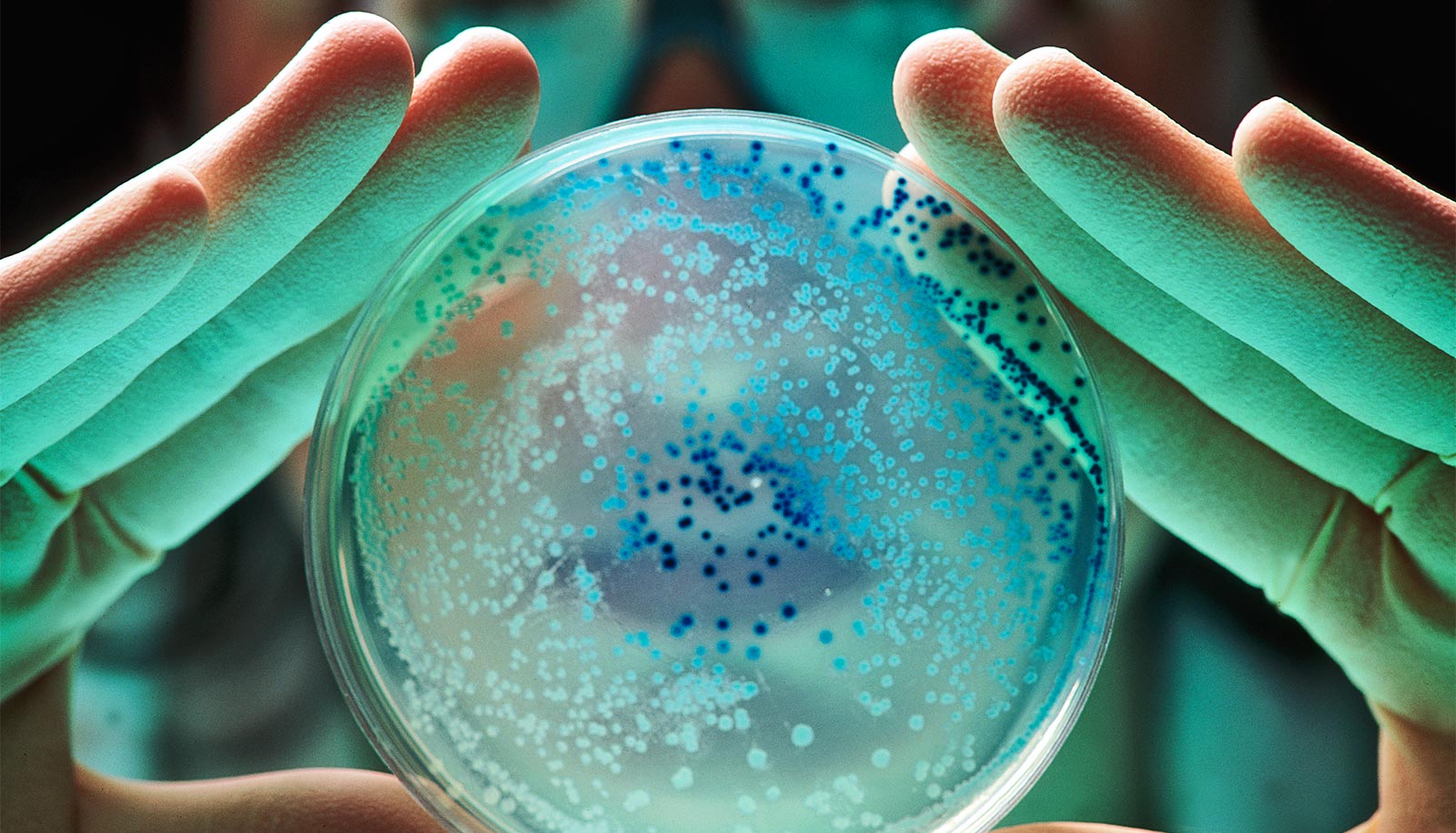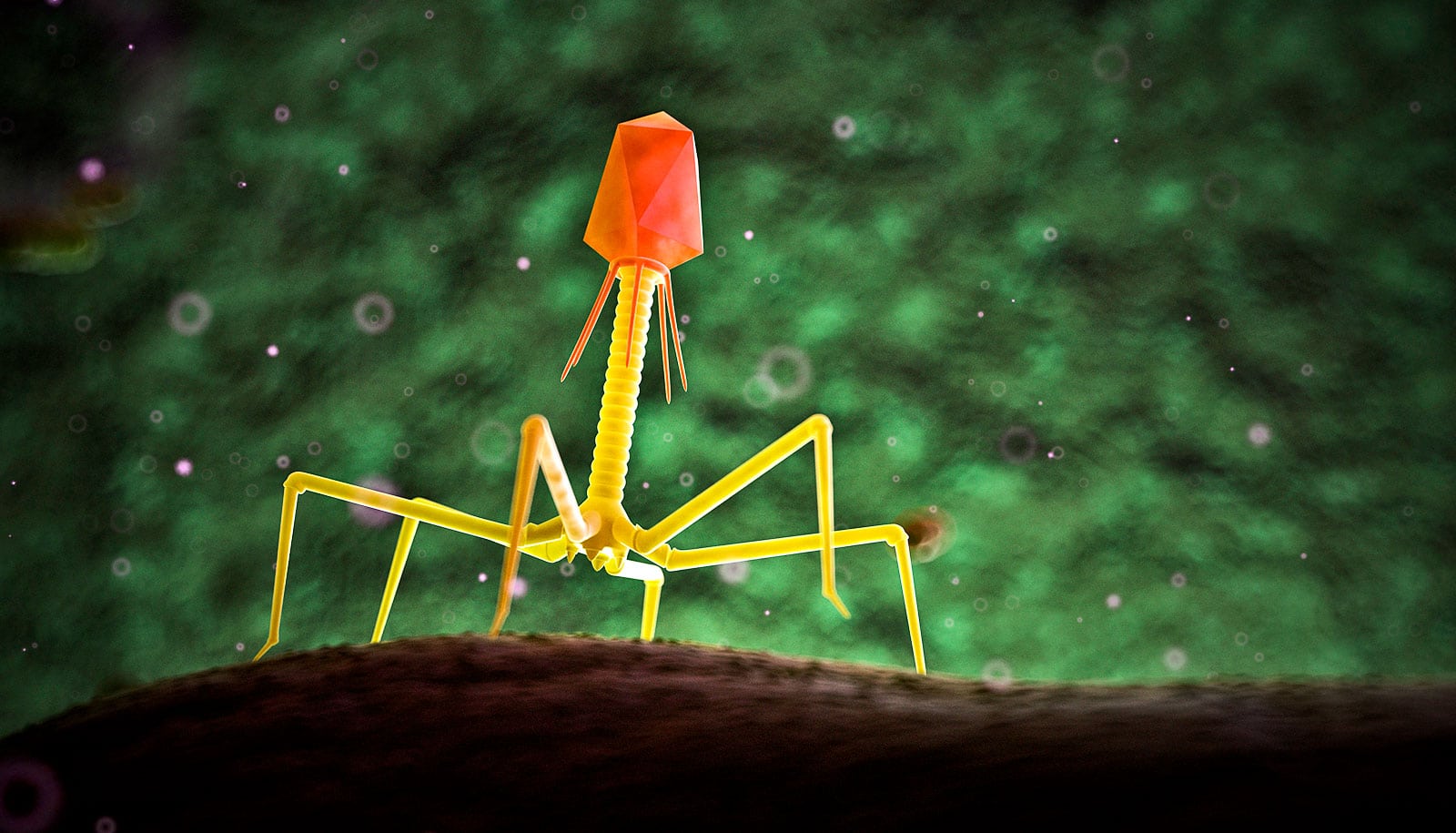New research identifies the genes that a bacterium needs to live on methanol.
The work could offer chemists clues to making small carbon molecules into larger ones–something bacteria learned long ago.
“Plant leaves are a natural source of methanol, which is produced as a waste product during plant cell wall biosynthesis,” explains Julia Vorholt, professor of microbiology at ETH Zurich.
Much like a hybrid car that can run on either petrol or electricity, Methylobacterium extorquens can use either larger carbon molecules (such as carboxylic acids) or methanol from plants as a nutrient, depending on availability. “When using methanol, the bacteria construct all the complex chemical compounds they need using this small molecule. This is an extraordinary accomplishment,” says Vorholt.
As the scientists have now been able to demonstrate, Methylobacterium extorquens has nearly 150 genes that it needs specifically to grow on methanol. Of these, 95 had not been known before.
In order to find these genes, Vorholt’s group worked together with the group of Beat Christen, professor of experimental systems biology, to create about a million bacterial mutants. These went in a culture medium with methanol on one hand, and in a normal nutrient medium containing succinic acid on the other hand.
The researchers were looking for mutants that grew normally in the usual medium, but poorly or not at all when fed with medium containing only methanol. This allowed the scientists to identify when specific genes required for using methanol had been damaged.
“The method allowed us to determine whether any given gene in the bacterium was needed for methanol-based growth or not. This ultimately allowed us to identify all of the required genes,” explains Andrea Ochsner, doctoral student in Vorholt’s group and first author of the study in the journal Current Biology.
The researchers were particularly surprised by one of the genes detected using this method. The gene was previously known from plants and bacteria that metabolize CO2 from the air, but Methylobacterium extorquens does not do this. The gene provides the instructions for an enzyme that produces a sugar crucial for CO2 use.
New catalyst may lead to cleaner, cheaper methanol
The researchers could now demonstrate that Methylobacterium extorquens is also able to produce this sugar when it encounters methanol. However, unlike plants, the bacterium does not use this sugar as a cellular building material. Instead, the scientists believe that it is used as a signal in order to switch to methanol consumption.
After uncovering the significance of this particular gene, the scientists now want to further investigate the other newly identified genes.
Studying the genetics of Methylobacterium extorquens is also valuable for biotechnology. The bacterium is already used in research laboratories to produce complex molecules. The new results could help scientists manipulate the bacterium in order to create desired molecules in greater quantities.
Since all the genes relevant for methanol-based growth have now been identified, it may also be possible to introduce these genes into other microorganisms, allowing them to use methanol—and thus enable various biotechnical applications for this resource in the future.
Source: ETH Zurich



